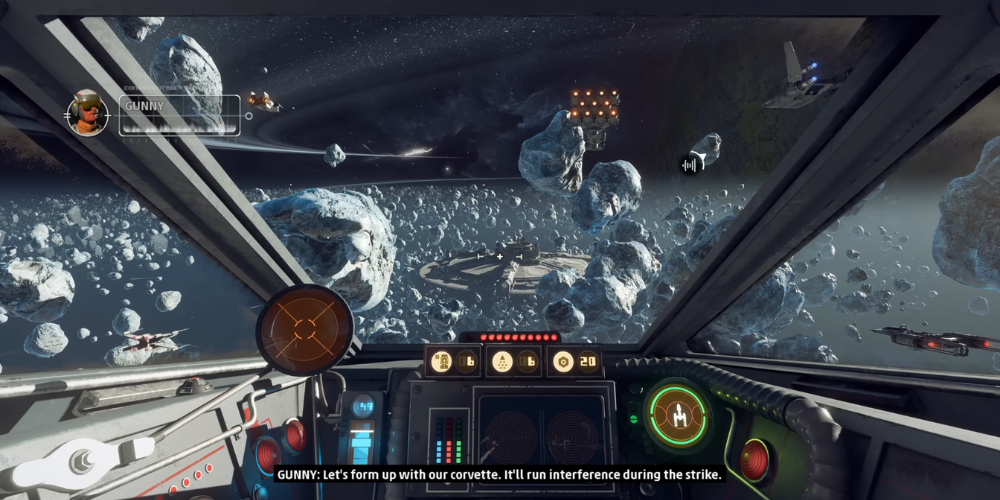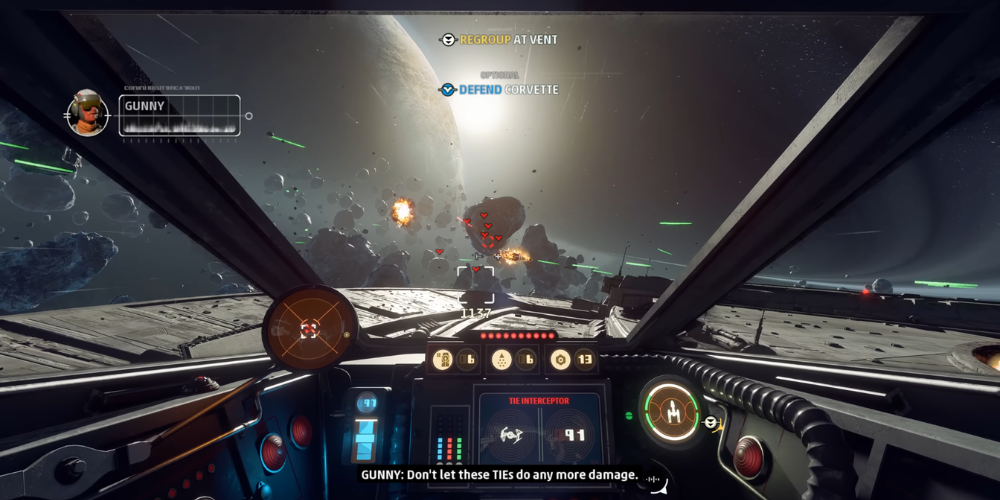How to Manage Your Crew in "Star Wars: Squadrons"
- May 31, 2024
- 0

In Star Wars: Squadrons, managing your crew effectively is as crucial as piloting your starfighter with precision. This multiplayer space combat game, set in the beloved Star Wars universe, demands more than just flying skills and tactical knowledge. You must be adept at managing a diverse crew to ensure cohesion and optimize performance in various missions. Understanding the different roles within your squadron, implementing effective communication, and strategically choosing upgrades and load-outs can significantly enhance your team's capability to dominate the galaxy. In this guide, we will delve into several critical aspects of crew management that can help you become a formidable squadron leader in Star Wars: Squadrons.
Understanding Crew Roles and Responsibilities
Every individual within your squadron holds a pivotal position, each contributing significantly to the collective success and effectiveness of the team. Below are the key roles that are integral to achieving your team's goals:
- Pilots: The backbone of your squadron, responsible for maneuvering the starfighters and engaging enemy targets.
- Support: Essential for the repair and resupply of allies during battle, making them pivotal for long-term endurance and sustainability.
- Tacticians: These members are key to planning strategies and making real-time decisions that can disrupt enemy formations and expose their weaknesses.
Understanding these roles allows you to assign the right tasks to the right people, enhancing your squadron's effectiveness in combat.
Enhancing Communication

Clear and constant communication is the cornerstone of any successful military engagement:
- Use Voice Chat: Real-time voice communication facilitates a rapid and effective means of sharing information and coordinating tactics with your team members.
- Develop Signals: Create simple, clear signals to communicate complex ideas quickly during a heated battle.
- Regular Briefings: Conduct pre and post-mission briefings to outline strategies and discuss what worked or what can be improved.
Implementing these communication tactics will ensure your crew works as a cohesive unit, significantly boosting operational efficiency.
Choosing the Right Ships
Every ship in Star Wars: Squadrons has its strengths and weaknesses, and choosing the right fit for each member of your crew is essential:
- Fighter Class: Versatile and reliable, ideal for dogfights. Suitable for pilots with aggressive flying styles.
- Interceptor Class: Fast and nimble, perfect for hit-and-run tactics and for pilots with good reflexes and precision.
- Bomber Class: Capable of dealing massive damage with a larger hull to sustain more hits, ideal for strategic attacks on bigger targets.
- Support Class: Although not heavily armed, they are crucial for keeping teammates alive and maintaining the fleet's longevity in battle.
Matching the correct ship to the skills and preferences of each crew member can significantly impact the effectiveness of your squadron.
Practicing Manoeuvers and Formations

Drills are essential in any form of military engagement:
- Formation Flying: Practice flying in different formations to minimize exposure to enemy fire and maximize your offensive impact.
- Mock Battles: Engage in simulated scenarios that mimic potential real-life encounters to improve your crew's response times and decision-making abilities under pressure.
These exercises not only improve skills but also build trust and understanding among your crew members.
Strategizing and Planning
The effectiveness of your squadron in Star Wars: Squadrons largely depends on your ability to strategize:
- Understanding Maps: Every map in the game has strategic points, and knowing these can give you an upper hand.
- Adapting Strategies: Be flexible in your game plan. Adapt to the enemy team's strengths and weaknesses and the battle's evolving dynamics.
A well-thought-out strategy can often be the difference between victory and defeat.
Monitoring Progress and Adapting

Continuous improvement is critical to maintaining competitive edge:
- Feedback Sessions: After each game, hold a feedback session to discuss what was done well and what can be improved.
- Upgrade and Optimize: Regularly upgrade your ships' loadouts based on performance reviews and the evolving combat requirements.
This helps your crew stay on top of their game and fosters continuous improvement.
Conclusion
Efficient management of your crew in Star Wars: Squadrons involves a comprehensive understanding of individual roles, effective communication, strategic ship selection, continuous practice, detailed strategizing, and ongoing adaptation. By focusing on these areas, you can enhance your squadron's performance and lead your team to victory in the virtual skies of Star Wars. Remember, the success of your squadron depends on more than just the capabilities of individual members – it rests on how effectively they work together as a cohesive unit under your leadership. Prepare well, and may the Force be with you!